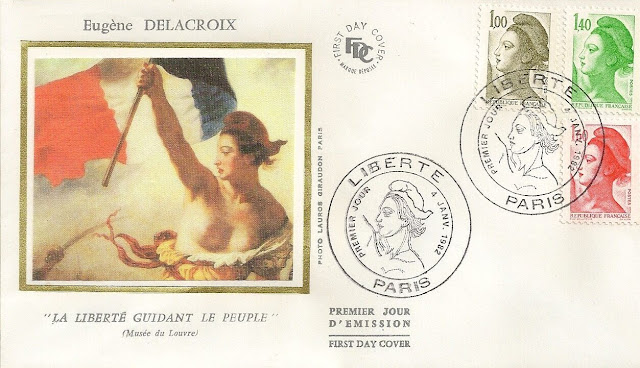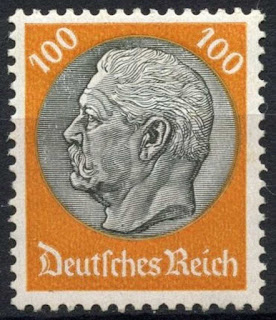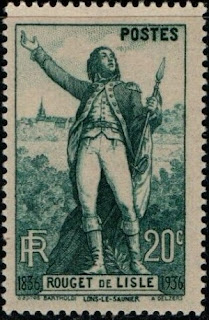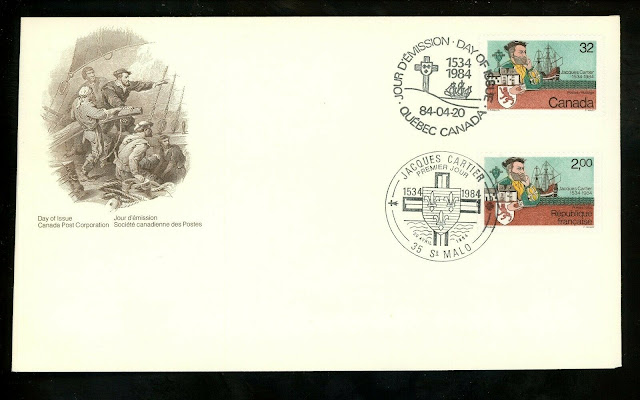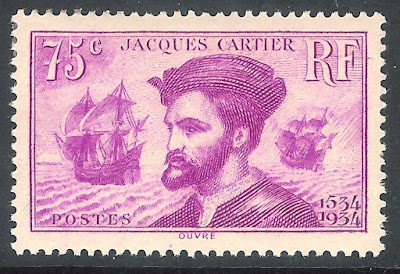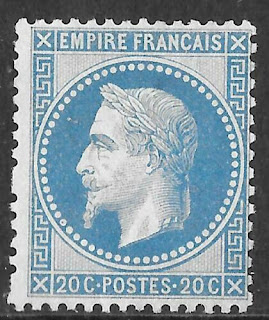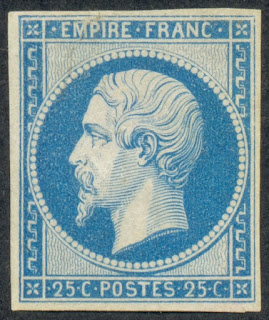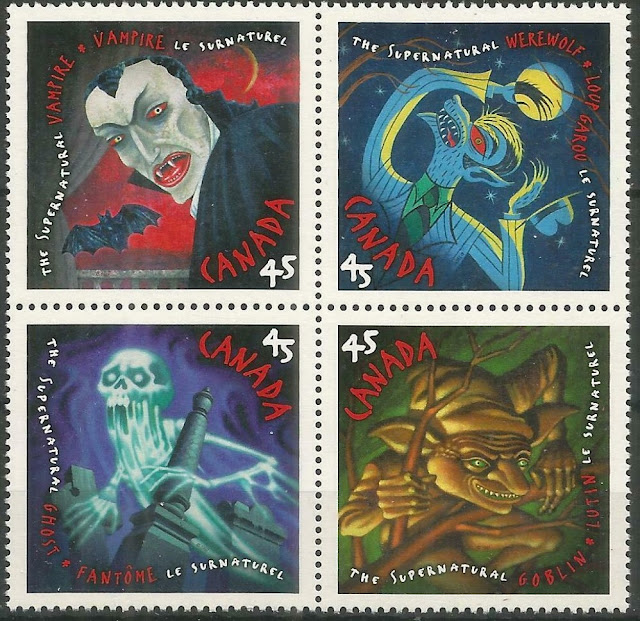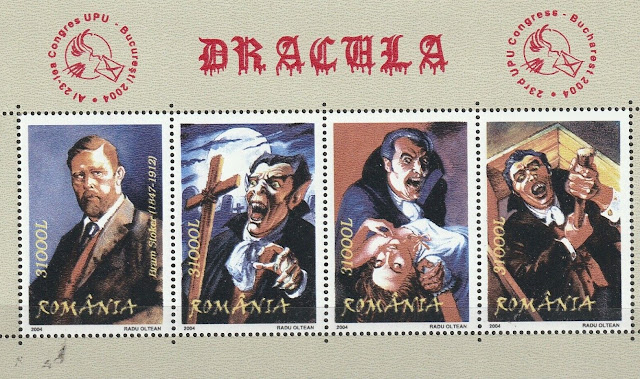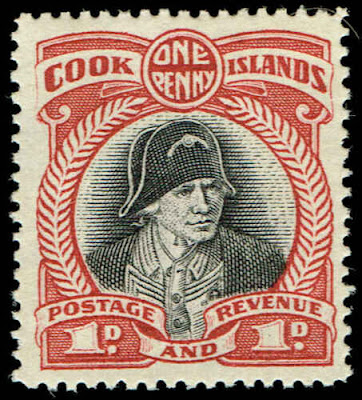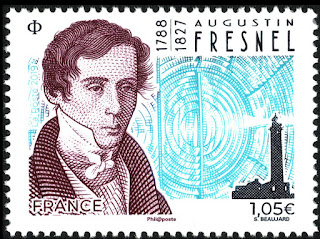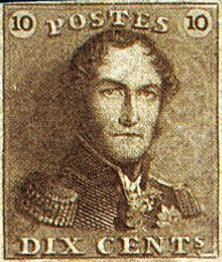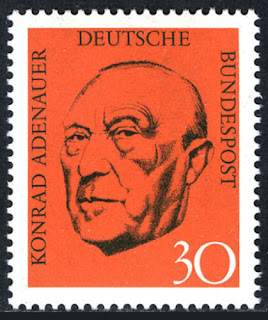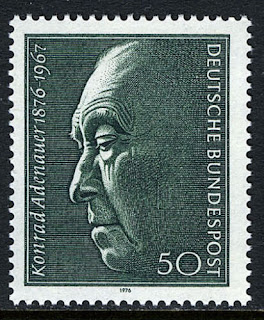Here are some events that happened on April 28th. It could be an event or a person that died or was born on that day
1758 – James Monroe, American soldier, lawyer, and politician, 5th President of the United States (d. 1831)
James Monroe (April 28, 1758 – July 4, 1831) was an American statesman, lawyer, diplomat, and Founding Father who served as the fifth president of the United States from 1817 to 1825. A member of the Democratic-Republican Party, Monroe was the last president of the Virginia dynasty, and his presidency coincided with the Era of Good Feelings. He is perhaps best known for issuing the Monroe Doctrine, a policy of opposing European colonialism in the Americas. He also served as the governor of Virginia, a member of the United States Senate, the U.S. ambassador to France and Britain, the seventh Secretary of State, and the eighth Secretary of War.
United States James Monroe stamps
1788 – Maryland becomes the seventh state to ratify the United States Constitution.
Maryland is a state in the Mid-Atlantic region of the United States, bordering Virginia, West Virginia, and the District of Columbia to its south and west; Pennsylvania to its north; and Delaware and the Atlantic Ocean to its east. The state's largest city is Baltimore, and its capital is Annapolis. Among its occasional nicknames are Old Line State, the Free State, and the Chesapeake Bay State. It is named after the English Queen Henrietta Maria, known in England as Queen Mary, who was the wife of King Charles I.
Sixteen of Maryland's twenty-three counties, as well as the city of Baltimore, border the tidal waters of the Chesapeake Bay estuary and its many tributaries, which combined total more than 4,000 miles of shoreline. Although one of the smallest states in the U.S., it features a variety of climates and topographical features that have earned it the moniker of America in Miniature. In a similar vein, Maryland's geography, culture, and history combine elements of the Mid-Atlantic, Northeastern, and Southern regions of the country.
Before its coastline was explored by Europeans in the 16th century, Maryland was inhabited by several groups of Native Americans, mostly by the Algonquin, and to a lesser degree by the Iroquois and Sioux. As one of the original Thirteen Colonies of England, Maryland was founded by George Calvert, 1st Baron Baltimore, a Catholic convert who sought to provide a religious haven for Catholics persecuted in England. In 1632, Charles I of England granted Lord Baltimore a colonial charter, naming the colony after his wife, Queen Mary (Henrietta Maria of France). Unlike the Pilgrims and Puritans, who rejected Catholicism in their settlements, Lord Baltimore envisioned a colony where people of different religious sects would coexist under the principle of toleration. Accordingly, in 1649 the Maryland General Assembly passed an Act Concerning Religion, which enshrined this principle by penalizing anyone who "reproached" a fellow Marylander based on religious affiliation. Nevertheless, religious strife was common in the early years, and Catholics remained a minority, albeit in greater numbers than in any other English colony.
Maryland's early settlements and population centers clustered around rivers and other waterways that empty into the Chesapeake Bay. Its economy was heavily plantation-based and centered mostly on the cultivation of tobacco. Britain's need for cheap labor led to a rapid expansion of indentured servants, penal labor, and African slaves. In 1760, Maryland's current boundaries took form following the settlement of a long-running border dispute with Pennsylvania. Maryland was an active participant in the events leading up to the American Revolution, and by 1776, its delegates signed the Declaration of Independence. Many of its citizens subsequently played key political and military roles in the war. In 1790, the state ceded land for the establishment of the U.S. capital of Washington, D.C.
Although then a slave state, Maryland remained in the Union during the American Civil War, its strategic location giving it a significant role in the conflict. After the war, Maryland took part in the Industrial Revolution, driven by its seaports, railroad networks, and mass immigration from Europe. Since the Second World War, the state's population has grown rapidly, to approximately six million residents, and it is among the most densely populated U.S. states. As of 2015, Maryland had the highest median household income of any state, owing in large part to its proximity to Washington, D.C. and a highly diversified economy spanning manufacturing, services, higher education, and biotechnology. The state's central role in U.S. history is reflected by its hosting of some of the highest numbers of historic landmarks per capita.
US stamp commemorating Maryland Statehood
1936 Died: Fuad I of Egypt (b. 1868)
Fuad I (26 March 1868 – 28 April 1936) was the sultan and later king of Egypt and Sudan, sovereign of Nubia, Kordofan, and Darfur. The ninth ruler of Egypt and Sudan from the Muhammad Ali dynasty, he became sultan in 1917, succeeding his elder brother Hussein Kamel. He substituted the title of king for sultan when the United Kingdom recognized Egyptian independence in 1922.
Egyptian stamps depicting King Fuad I of Egypt
1969 – Charles de Gaulle resigns as President of France
Charles André Joseph Marie de Gaulle (22 November 1890 – 9 November 1970) was a French army officer and statesman who led the French Resistance against Nazi Germany in World War II and chaired the Provisional Government of the French Republic from 1944 to 1946 in order to reestablish democracy in France. In 1958, he came out of retirement when appointed President of the Council of Ministers by President René Coty. He was asked to rewrite the Constitution of France and founded the Fifth Republic after approval by referendum. He was elected President of France later that year, a position he was reelected to in 1965 and held until his resignation in 1969. He was the dominant figure of France during the early part of the Cold War era; his memory continues to influence French politics.
Born in Lille, he graduated from Saint-Cyr in 1912. He was a decorated officer of the First World War, wounded several times and later taken prisoner at Verdun. During the interwar period, he advocated mobile armoured divisions. During the German invasion of May 1940, he led an armoured division which counterattacked the invaders; he was then appointed Undersecretary for War. Refusing to accept his government's armistice with Germany, De Gaulle exhorted the French population to resist occupation and to continue the fight in his Appeal of 18 June. He led a government in exile and the Free French Forces against the Axis. Despite frosty relations with the United Kingdom and especially the United States, he emerged as the undisputed leader of the French Resistance, with Jean Moulin as first President of the National Council of the Resistance. He became head of the Provisional Government of the French Republic in June 1944, the interim government of France following its Liberation. As early as 1944, De Gaulle introduced a dirigiste economic policy, which included substantial state-directed control over a capitalist economy which was followed by 30 years of unprecedented growth, known as the Trente Glorieuses.
Although reelected President of the Republic in 1965, he appeared likely to lose power amid widespread protests by students and workers in May 1968, but survived the crisis and won an election with an increased majority in the National Assembly. De Gaulle resigned in 1969 after losing a referendum in which he proposed more decentralisation. He died a year later at his residence in Colombey-les-Deux-Églises, leaving his presidential memoirs unfinished. Many French political parties and figures claim a Gaullist legacy; many streets and monuments in France were dedicated to his memory after his death.
French Southern Territories and French stamps depicting Charles de Gaulle









